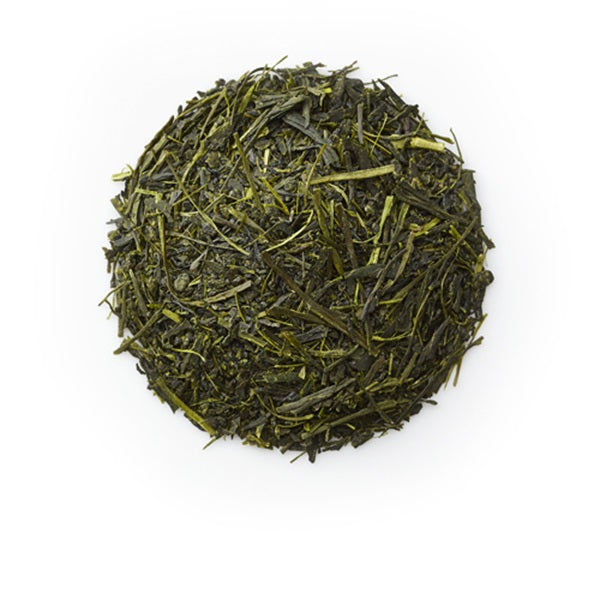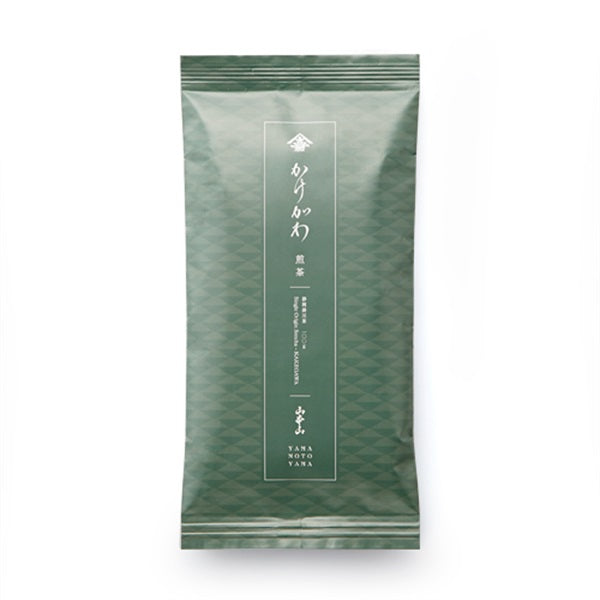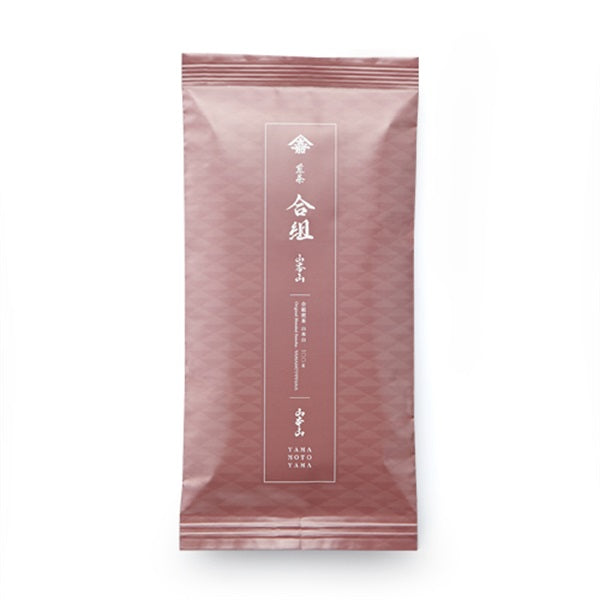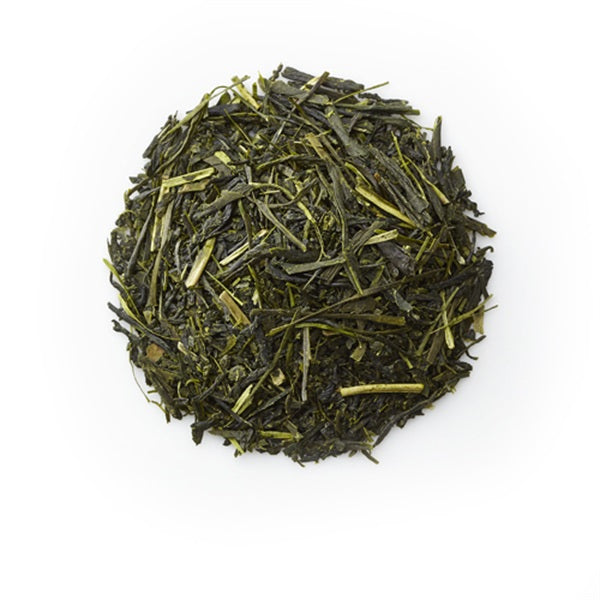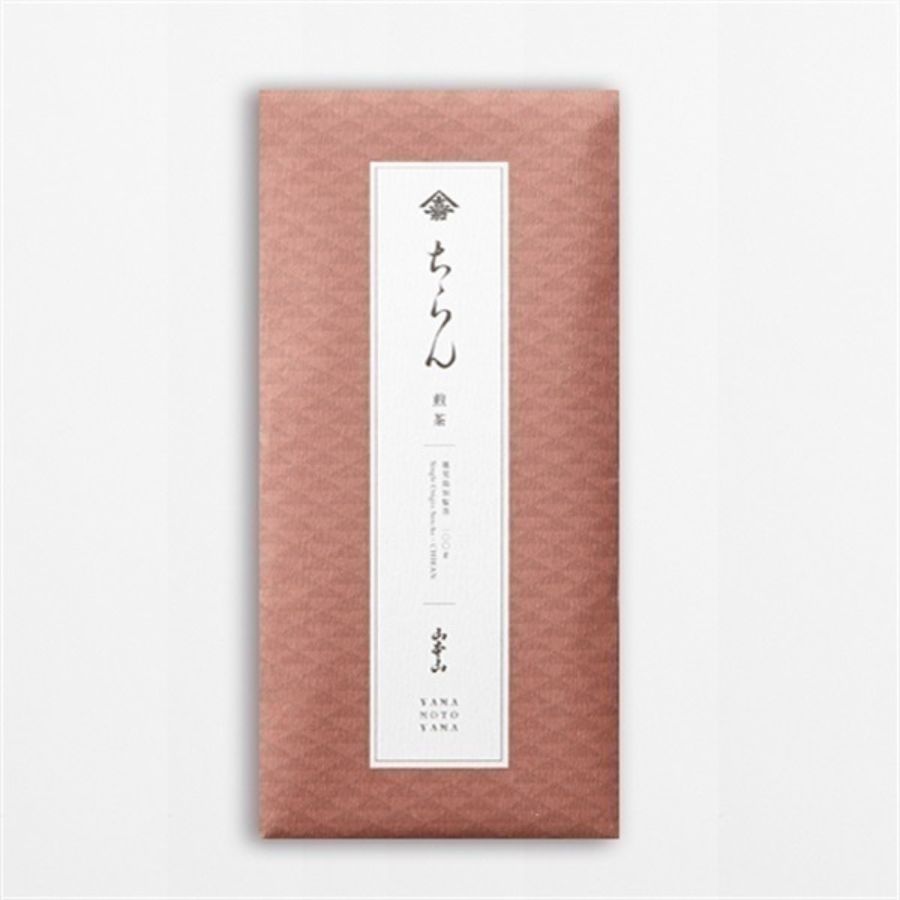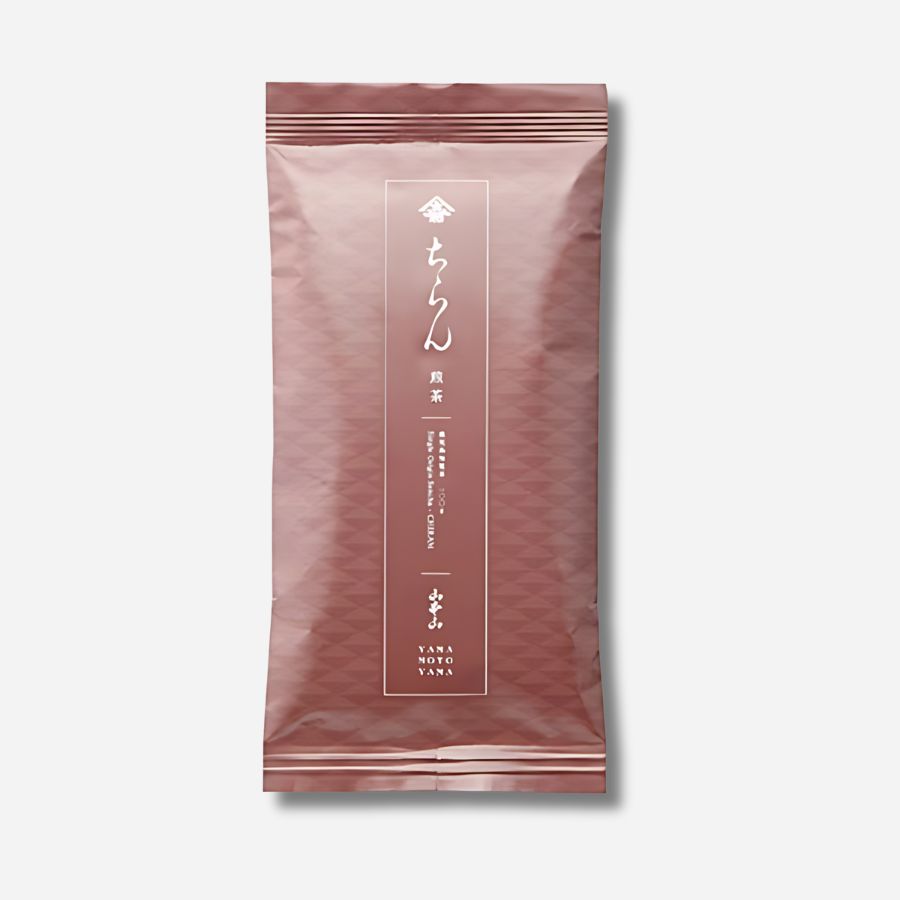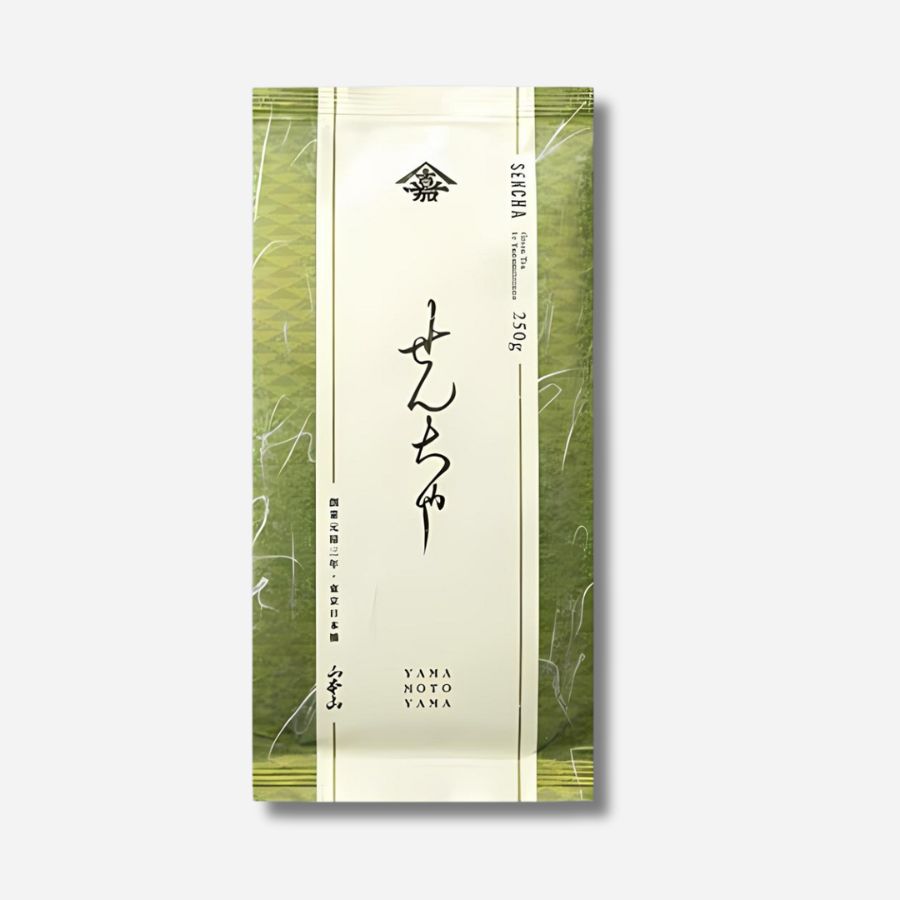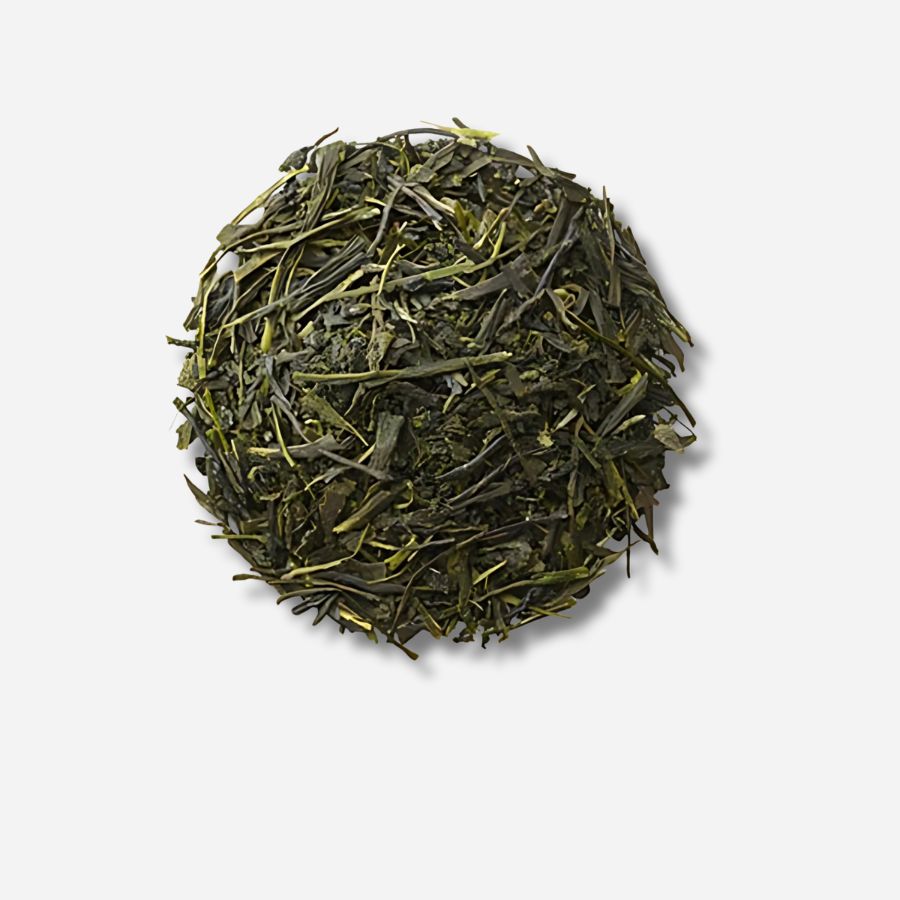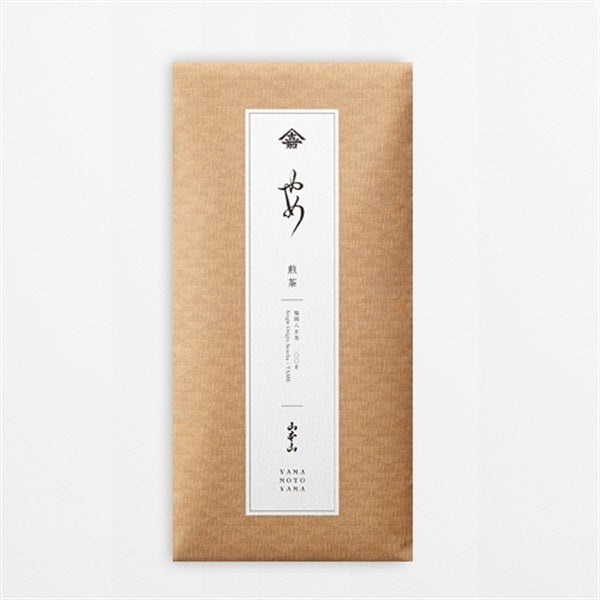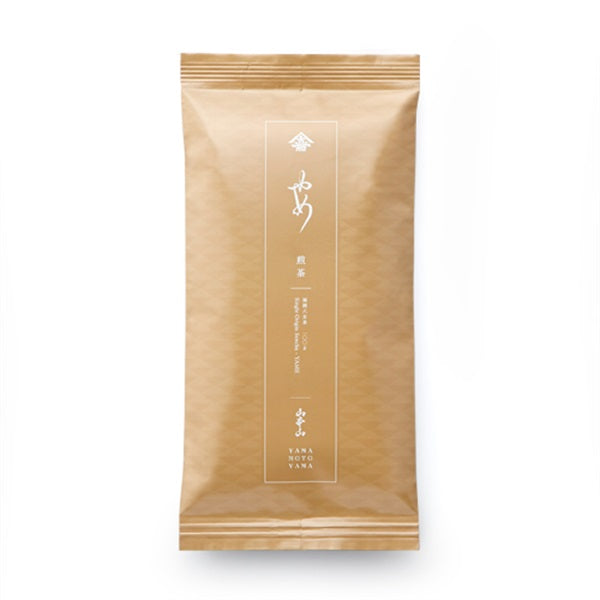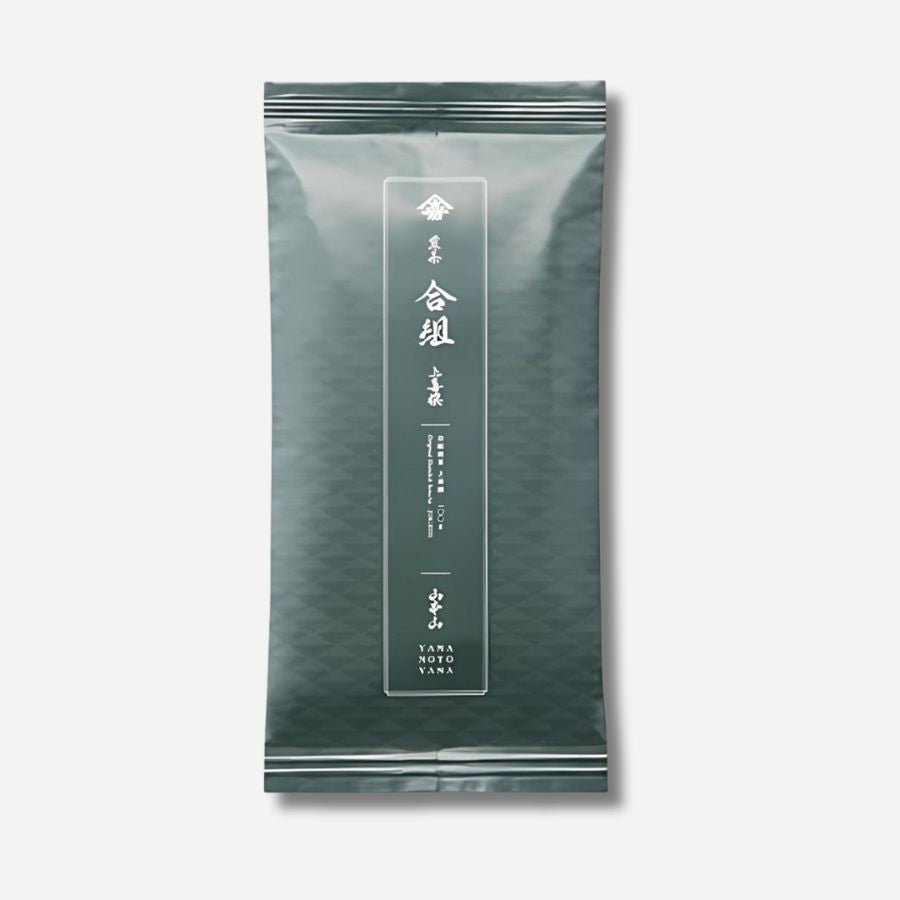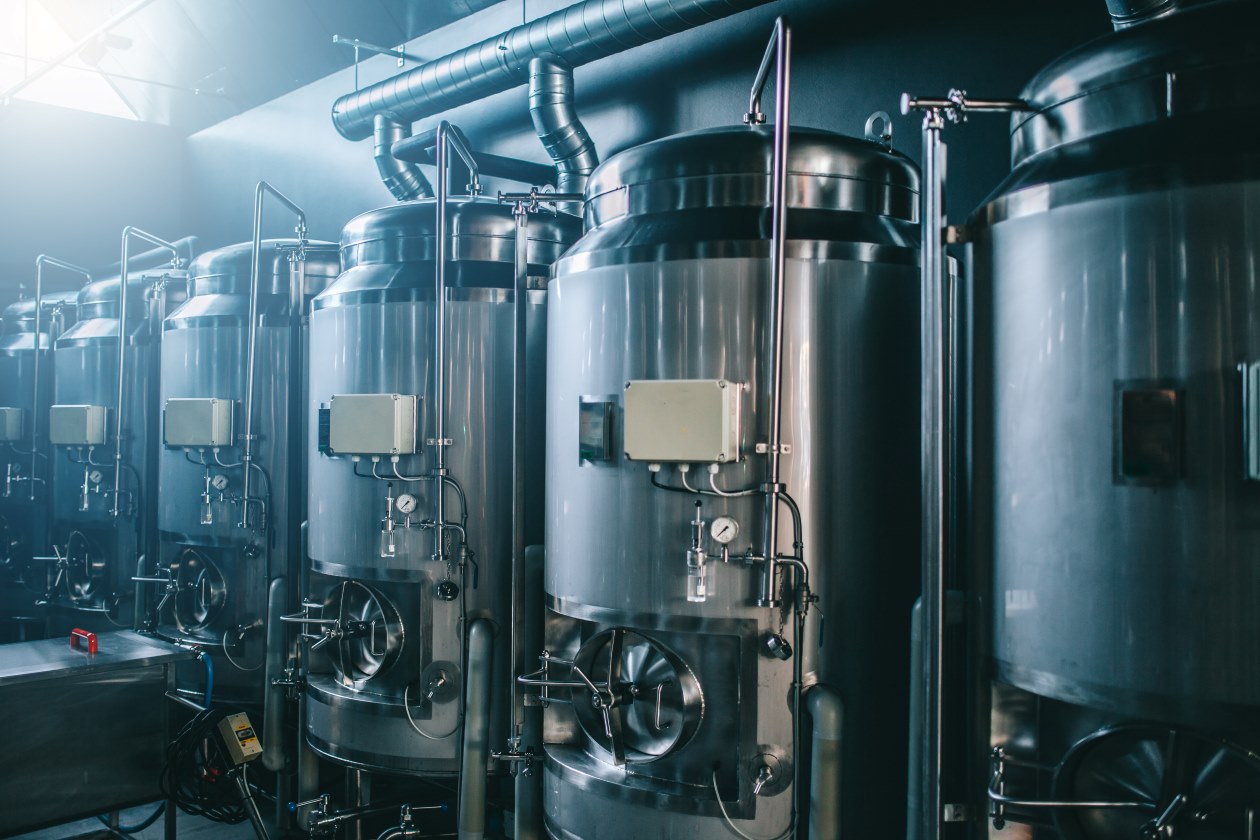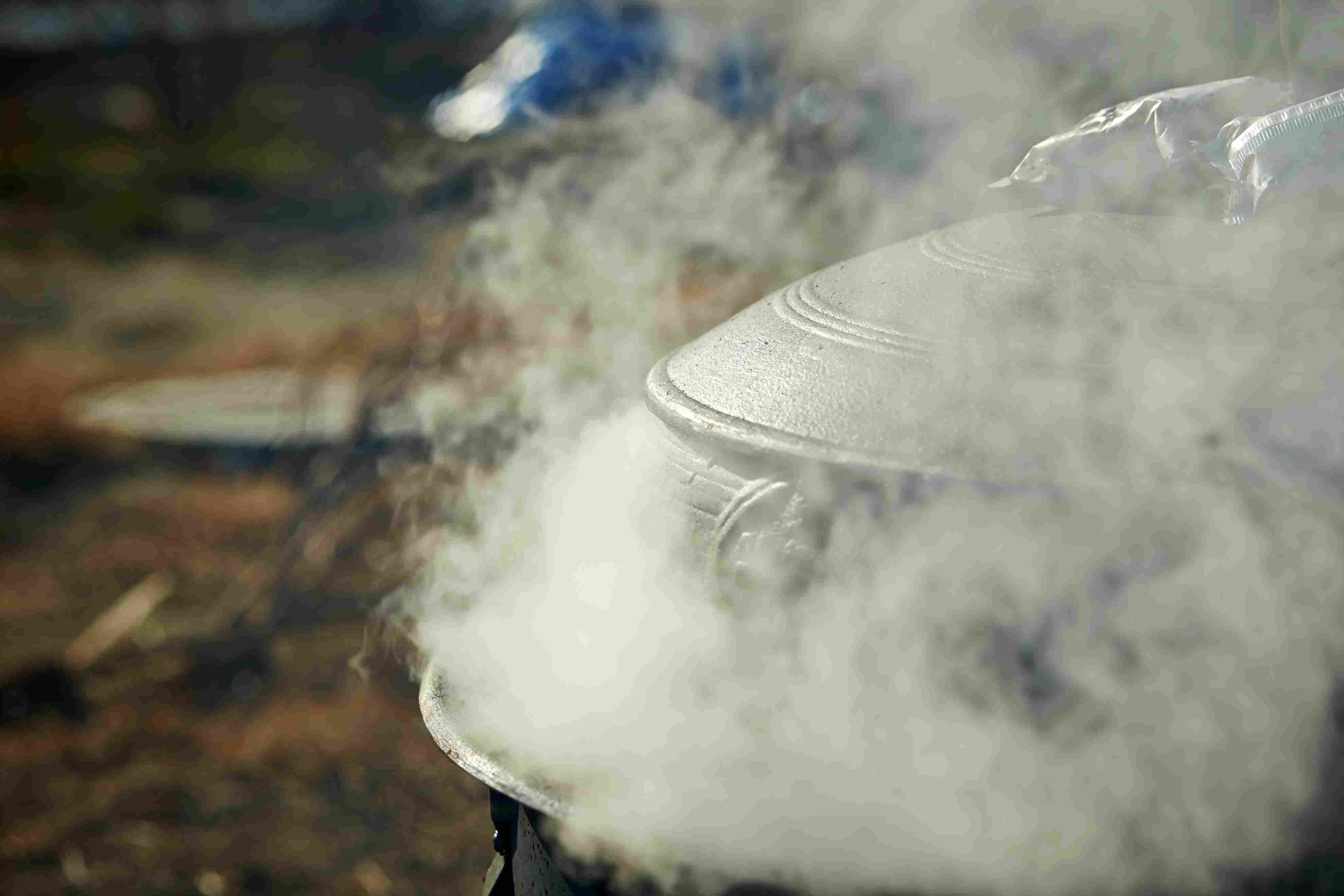
The craftsmanship of the artisans shines through! An explanation of the entire process of hand-rolled tea production!
Introduction
How is tea made?
In the past, tea was made by hand. This time, we will introduce the process of the hand-rolled tea making method, which is the basis of tea making.

Hand-rolled tea production method
1. Steaming: The heat of the steam stops the activity of enzymes in the freshly picked leaves.
Fresh leaves are placed in a steamer and then placed on top of a steamer to steam.
Once the grassy smell from the steam has disappeared, the leaves are removed and allowed to cool. To begin the hand-kneading process, the steamed leaves are transferred to the charcoal above the roasting furnace.
Koshiki: A steam generating device for steaming fresh leaves
Hoiro: A stand for hand kneading. A fire is made inside with carbonization gas to heat the auxiliary charcoal.
Jotan: A wooden frame covered with strong Japanese paper, placed on top of the roasting furnace and heated while the leaves are rubbed on top of it.
2. Leaf shaking (dew removal): Allows moisture to evaporate evenly from the leaves
To remove moisture, lift the leaves with both hands and shake them onto the charcoal. Repeat this process until the weight has decreased by about 30% (20-30 minutes).
3. Rotary kneading: The leaves are kneaded to remove moisture, and the heat is used to evaporate it.
Rub the tea between both hands, rolling it back and forth.
Gather the tea in one lump and slowly rotate it back and forth using your body weight. (40-50 minutes)
4. Loosening the balls and removing the tea leaves: Loosening the tea leaves that have formed during the rolling process
If the tea is left in the form of lumps created by the rolling process, it will not be able to be dried in the following process. The tea is removed from the charcoal and spread out on a basket to cool, while the lumps are carefully loosened. During this time, the tea stains on the charcoal are thoroughly cleaned off.
5. Rolling (medium rolling): Twist and dry the tea leaves
The tea is returned to the charcoal and the first stage of the finishing process is carried out.
Pick up the tea that has spread onto the charcoal with both hands, and rub it back and forth while keeping both hands above the ground, twisting the tea and drying it. (60 minutes)
6. Rolling and rolling: Stretching the tea leaves into a needle-like shape
Gather the tea in the center of the suketan and align the tea leaves . Hold the tea leaves with both hands, from above and below, and rub them together while rotating them with the pusher and receiver, then return them to the suketan. Repeat this process, switching hands, until the tea leaves are stretched into a needle shape. (30 minutes)
7. Kokuri: Shaping the tea leaves and giving them a glossy finish
Align the tea leaves, hold them firmly with both hands, and alternate between bending and stretching your hands while kneading them firmly. When the tea leaves have a uniform shape and become shiny, they are finished. (90 minutes)
8. Drying: Drying to a level where moisture can be stored
The tea is spread thinly on charcoal at about 60℃ and left to dry.


